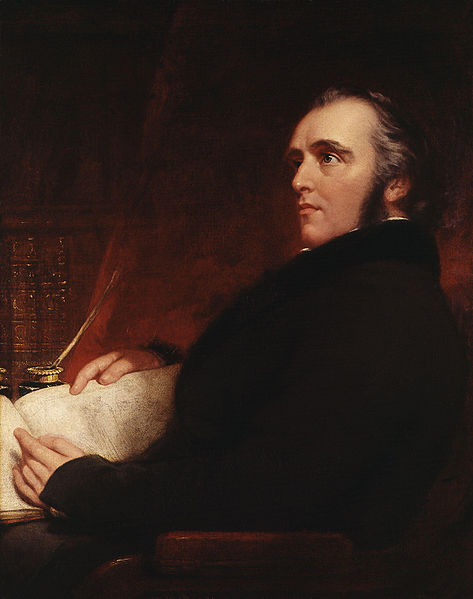This is the third in a series of posts on the history and future of blasphemy. The previous post looked at the religious and late colonial authorities’ responses to the publication of Angarey (Embers), which included two works of fiction by a young doctor, Rashid Jahan. She became known as the “Angarey Woman.”
by Austin Dacey “Urdu Pamphlet Denounced: Shias gravely upset,” shouted the headline in The Hindustan Times of 21 February 1933. The article quoted a resolution passed by a local (Lucknow) religious conference, reporting that the group
strongly condemns the heart rending and filthy pamphlet called [Angarey] . . . which has wounded the feelings of the entire Muslim community by ridiculing God and his Prophets and which is extremely objectionable from the standpoints both of religion and morality. The Committee further urges upon the attention of the [United Provinces] Government that the book be at once proscribed.
Although these conservative denouncers of Rashid Jahan and her fellow contributors to the radical literary anthology Angarey had appointed themselves to speak for “the entire Muslim community,” their discourse of blasphemy did not explicitly draw from Islamic law, in which heterodox speech is primarily framed by way of the concepts of idolatry and apostasy. There the prohibition is not against wounding believers’ feelings as such but against insulting the honor of God or Prophet. Committed by those born to Muslim families, such insult amounts to repudiation of the faith.
The denouncers in the Angarey affair instead drew their idiom for victimhood and retaliation from the language of secular law. The law that pulped the offending publication was Section 295-A of the Indian Penal Code:
“Whoever, with deliberate and malicious intention of outraging the religious feelings of any class of His Majesty’s subjects, by words, either spoken or written, or by visible representations insults or attempts to insult the religious or the religious beliefs of that class, shall be punished with imprisonment or either description for a term which may extend to two years, or with fine, or with both.”
This law was a descendent of the English Common Law offense of blasphemy adapted for the Indian context in the nineteenth century by British colonial authorities. Whereas a largely homogenous Christian commonwealth’s criminalization of blasphemy could be aimed at protecting the content of Christian belief, multi-faith India demanded a legal standard that addressed itself to the feelings of believers rather than the content of any particular belief.
The Indian Penal Code was drafted in 1837 by the Indian Law Commission under the chairmanship of the Lord Thomas Babington Macaulay. In their commentaries, Macaulay and his fellow commissioners observed that India is “pregnant with dangers” because of a susceptibility to “religious excitement” peculiar to Muslims and Hindus. It is “a truth which needs no proof” that there are “many persons of such sensitive feelings among the higher ranks of the Natives of India” for whom “insults have as great a tendency as bodily injuries to excite violent passion.” They wrote:
A person who should offer a gross insult to the Mahomedian religion in the presence of a zealous professor of that religion . . . would probably move those whom he insulted to more violent anger than if he had caused them some severe bodily hurt.
Though they might have viewed a violent response to speech as an unwarranted and unacceptable breach of public order in principle, the framers adopted a model of Indian temperament that naturalized it. Judges would use their discretion to determine whether a given expression “would be likely to move a person of ordinary temper to violent passion, not just any person . . . but a person of the same habits, manners, and feelings.”
The colonial authorities saw themselves as showing due regard for the sensibilities of the natives even though they did not share them: “We are legislating for them, and though we may wish that their opinions and feelings may undergo a considerable change, it is our duty, while their opinions and feelings remains unchanged, to pay as much respect to those opinions and feelings as if we partook of them.”
Without question, the Commissioners were responding to empirical realities such as the terrible “communal” Hindu-Muslim riots that had for centuries plagued Gujarat. At the same time, the model reflected their implicit value judgments about the moral-religious sensibilities of the population. This assessment in turn informed the authorities’ judgments about which cultural practices were unworthy of state intervention. While the state would intervene to stop the traditional ritual burning of widows, it would in practice take the sacredness of caste, purdah, and Prophet as a given. Threats and intimidation in defense of these sacred values—of the kind that would be aroused by Angarey in the following century—would be regarded as social “facts” to which the law must accommodate itself.
Colonial governments across the British Empire emulated the Indian Penal Code following its adoption in 1860. Its language still survives in the infamous blasphemy laws of Pakistan, where it was fused together with Islamist and anti-Ahmadiyya content under military dictatorship in the 1980s. There, the nineteenth-century quasi-secular standard of personal blasphemy could be readily enlisted into the service of one highly contested notion of what it means to practice Islam and respect the honor of the Prophet.
Austin Dacey is a representative to the United Nations for the International Humanist and Ethical Union. He is the author of The Future of Blasphemy: Speaking of the Sacred in an Age of Human Rights and The Secular Conscience: Why Belief Belongs in Public Life. His writings have appeared in the New York Times, USA Today, and Dissent. In 2010, he created The Impossible Music Sessions, a forum in New York City for artists who cannot perform publicly due to censorship, political intimidation or cultural pressure.
With support from the Henry R. Luce Initiative on Religion and International Affairs.

